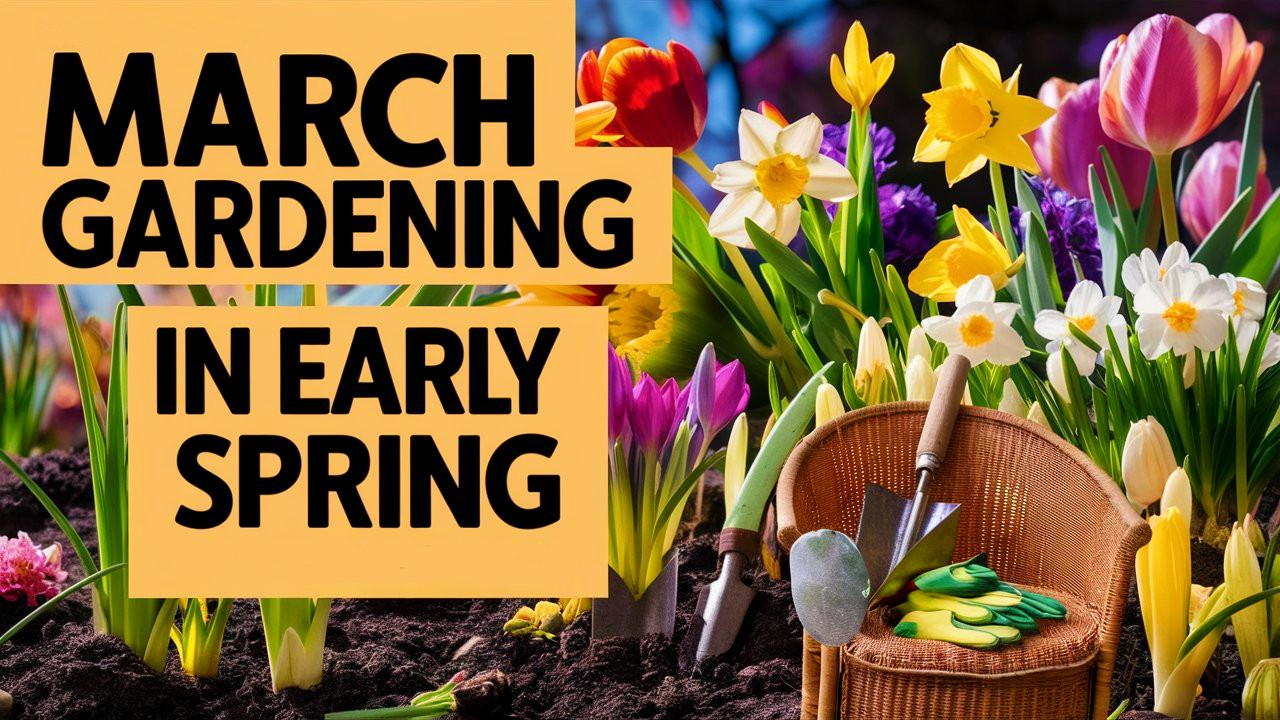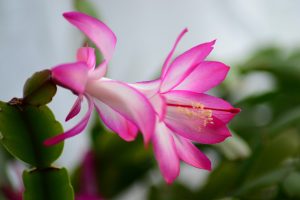As winter begins to fade and the promise of spring blooms on the horizon, March is the perfect time for gardeners to start planning and executing their early spring gardening activities. While the chill might still linger in the air, March brings forth opportunities to set the stage for a vibrant garden.
Whether you’re a seasoned gardener or a beginner just dipping your toes into the soil, the tasks ahead can help you cultivate a flourishing landscape. In this extensive guide, we will explore the best plants to grow in March for an early spring garden and the essential garden tasks to prepare for the bountiful season ahead.
Best Plants to Grow in March for an Early Spring Garden
Asparagus
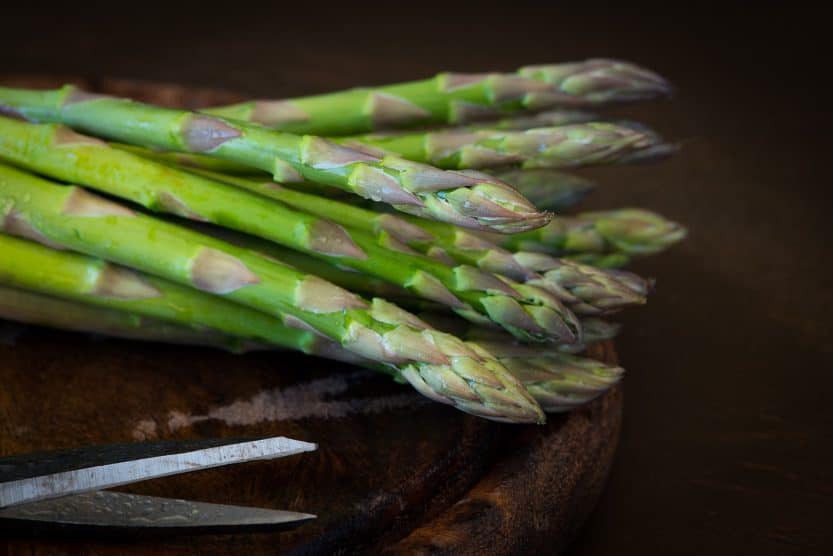
Asparagus is a perennial vegetable that requires patience but rewards gardeners with years of delicious spears. March is the ideal month to plant asparagus crowns. Choose a sunny spot with well-drained soil and prepare the bed by adding organic matter. It may take a couple of years before you start harvesting, but once established, your asparagus will provide a reliable crop for years.
Strawberry
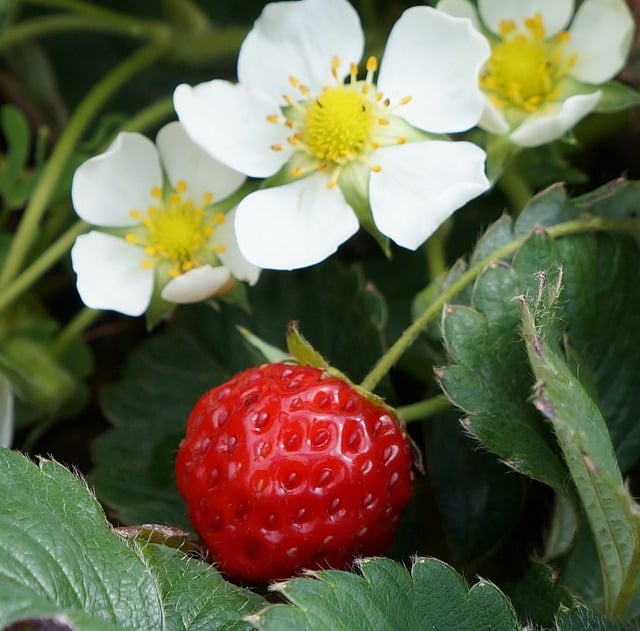
Strawberries are a delightful fruit to plant in March. Selecting bare-root strawberry plants or transplanting established ones can yield successful results. Choose a spot with at least six hours of sunlight daily, and ensure the soil is well-drained. March plantings will benefit from the cool temperatures, allowing the plants to establish themselves before the summer heat arrives.
Cauliflower
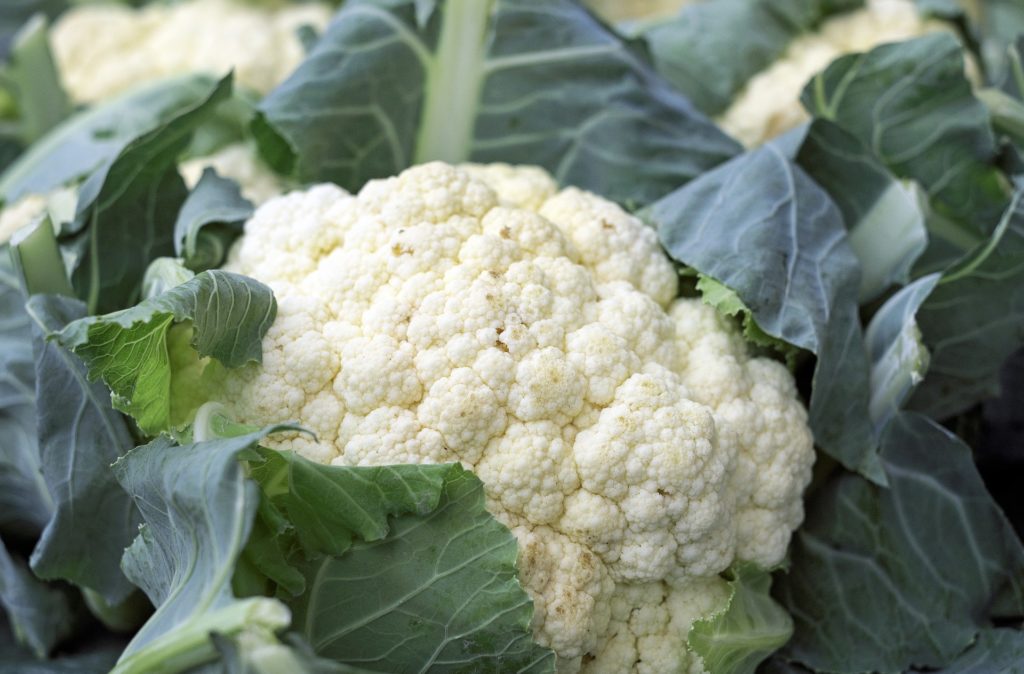
If you’re eager to grow cauliflower, March is the perfect time to start this cool-weather crop. Seedlings can be started indoors and later transplanted outdoors when they are sturdy. Ensure they receive full sun and love a nutrient-rich soil with sufficient moisture. With March plantings, you can expect a healthy crop by late spring.
Herbs
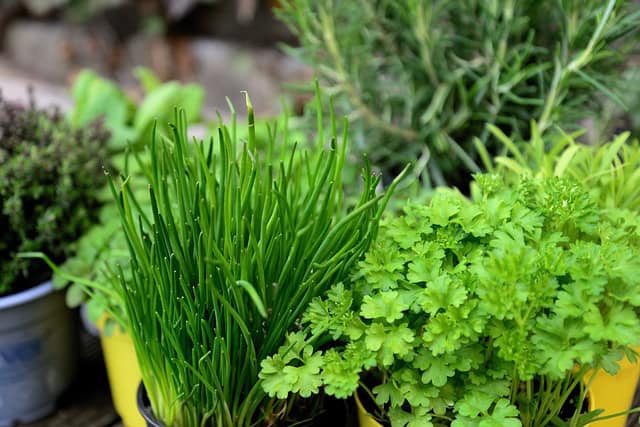
March is also the time to begin sowing a variety of culinary herbs. Basil, cilantro, parsley, and chives germinate well in cooler temperatures and can be planted indoors and later moved outside. Herbs not only enhance your gardening aesthetic but they also elevate your cooking. Start them in starter pots and transplant when the danger of frost is gone.
Potatoes
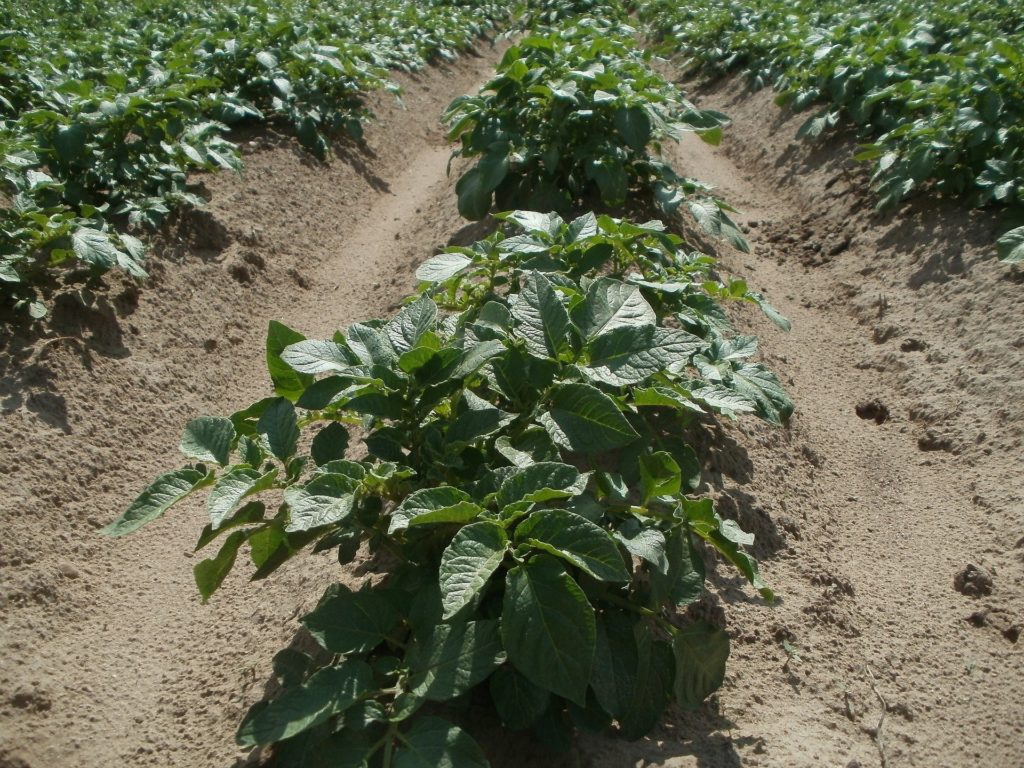
One of the most rewarding and straightforward crops to grow in March is potatoes. Consider planting seed potatoes in early March, ideally when the soil is workable but not soggy. Choose a well-draining, sunny location. Potatoes are versatile and can be grown in hills, rows, or even containers, making them perfect for beginner gardeners.
Broccoli
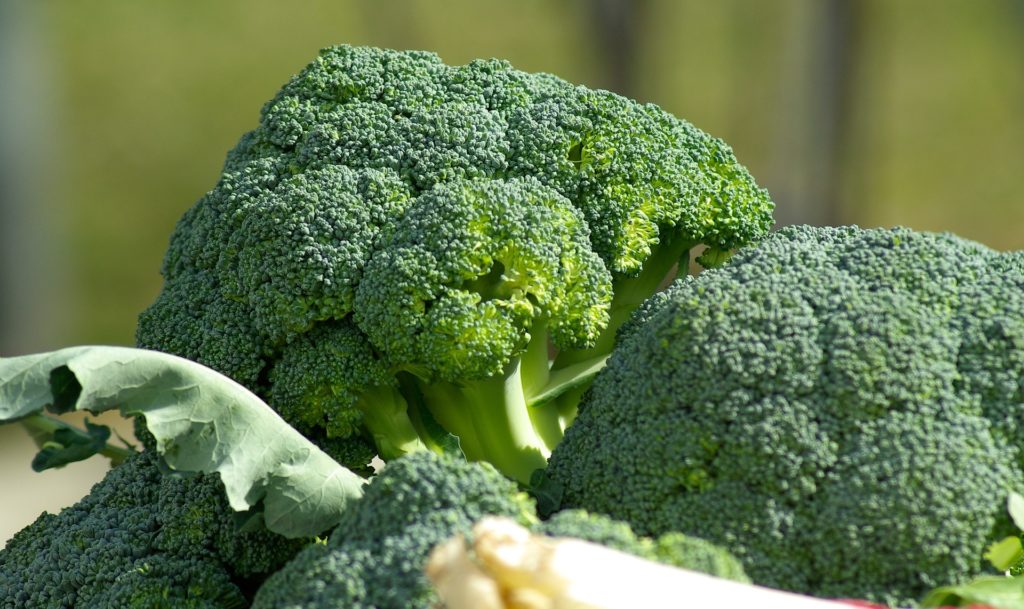
Broccoli is a hardy vegetable that deals well with cooler temperatures. In March, you can start seeds indoors or directly sow them outdoors, depending on your climate. Broccoli loves nutrient-rich soil and consistent moisture. Regular harvesting encourages secondary growth, providing you with fresh florets throughout the season.
Beets
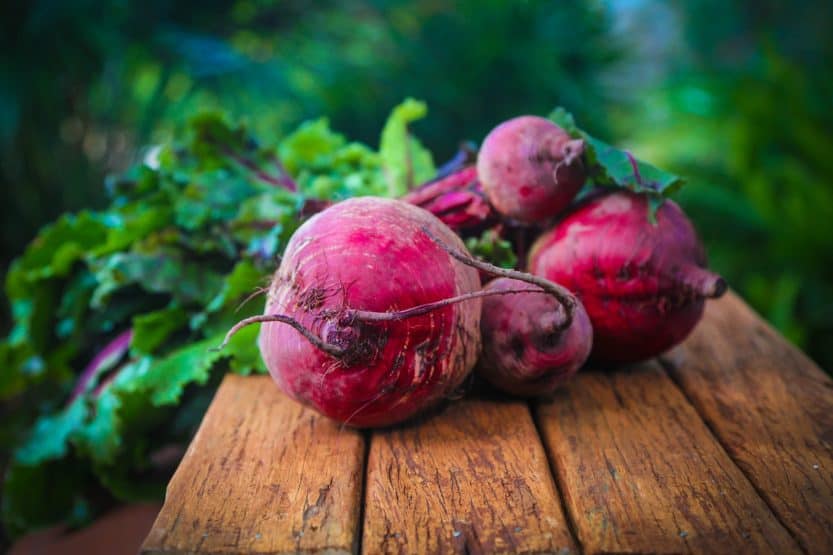
Beets are excellent for early spring gardens, capable of being direct-sown into the soil as soon as it is workable. They prefer cool temperatures and can be planted in rows for easy harvesting. The greens are also edible, providing a dual-purpose plant that offers both roots and greens.
Peas
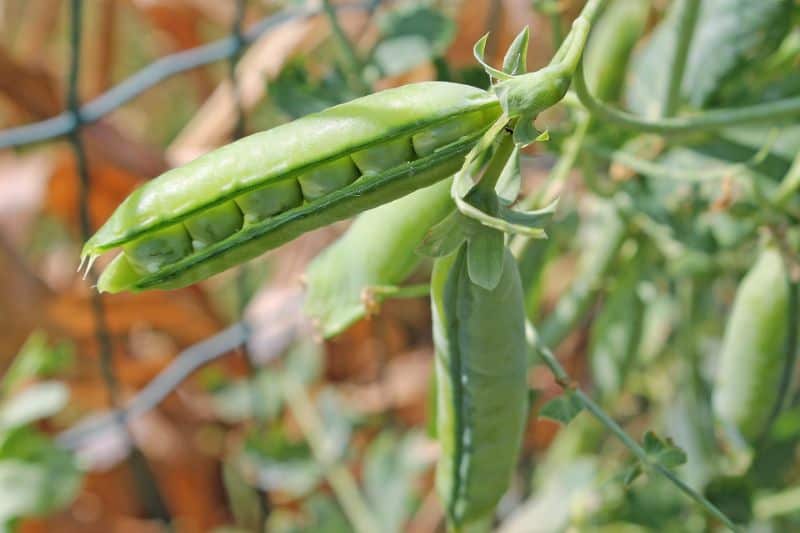
March signals prime time for pea planting. These cool-weather crops can be sown directly in the ground as soon as the soil can be worked. They thrive in well-drained soil that has been mulched to retain moisture. Peas are a delicious and nutritious addition to your garden that is particularly satisfying to grow.
Cucumbers
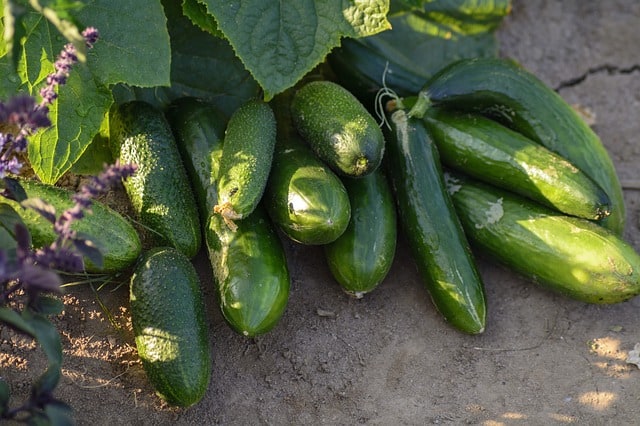
For beginner gardeners eager for an early harvest, starting cucumbers indoors in March can be rewarding. These heat-loving plants should be introduced outdoors once the chance of frost is gone. Cucumbers grow rapidly and can produce a bountiful harvest, perfect for salads, pickles, and snacks.
Spinach
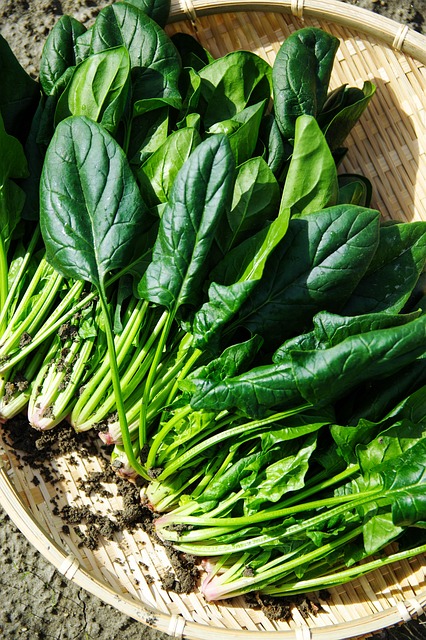
Spinach is one of the most resilient crops to grow in March. It can tolerate cool temperatures and can be sown directly into the ground as soon as the soil is workable. With its fast-growing nature, spinach provides a nutritious crop that can be harvested multiple times throughout spring.
Melons
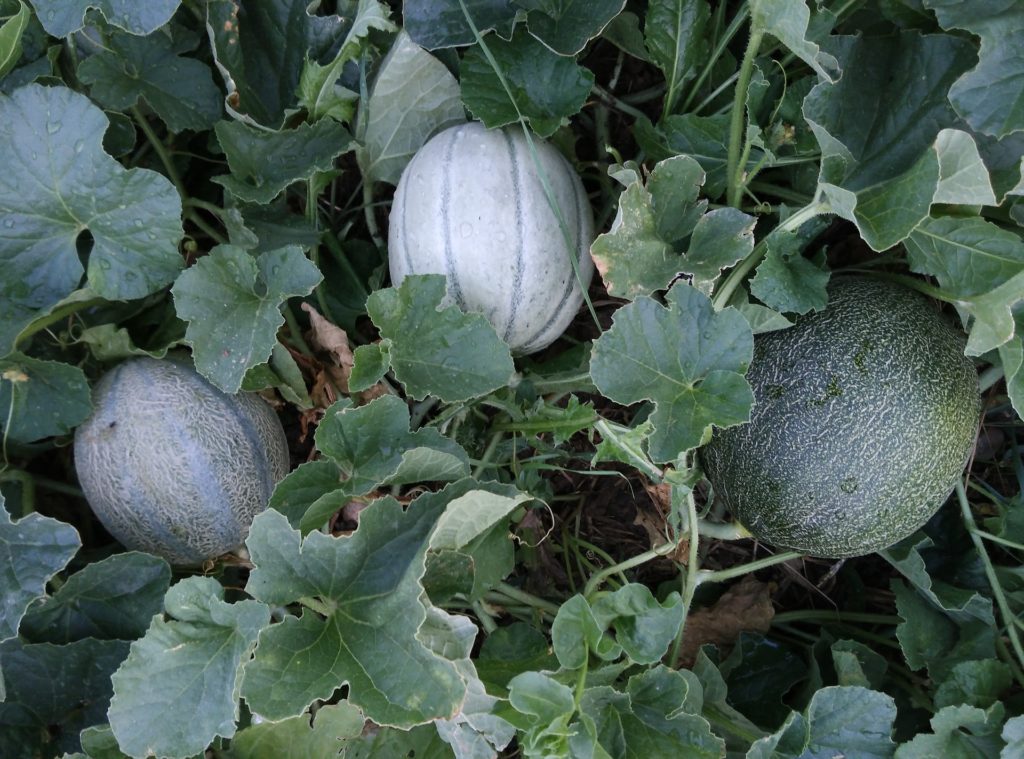
Melons thrive in warm weather and are a great addition to gardens for those planning ahead. While sowing seeds outdoors in March may be ambitious in colder climates, starting them indoors is a smart approach. Look for varieties like cantaloupe or watermelon that can be transplanted once the threat of frost has passed. Ensure you provide enough sunlight and warmth for germination, as melons require a consistent temperature to flourish.
Eggplant
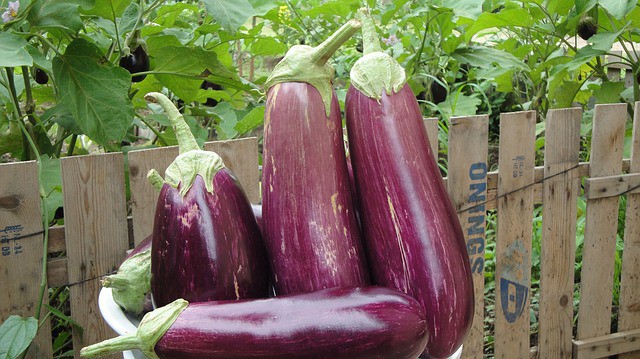
Eggplant is another vegetable that benefits from an early start. Begin by sowing seeds indoors in March and transplanting them outdoors in late spring. These plants prefer warm soil, so consider using heating mats for optimal germination. Eggplant is versatile in culinary use, and growing your own can lead to a rich harvest all summer long.
Tomatoes
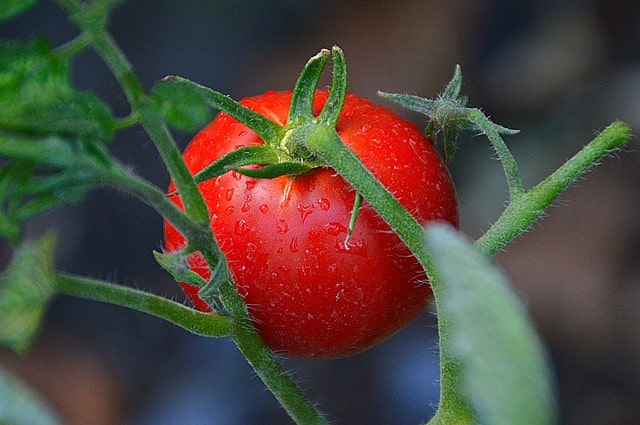
Starting tomatoes indoors in March is essential for those living in regions with a shorter growing season. Sow your seeds about six to eight weeks before the last frost, and provide adequate light either through sunny windows or grow lights. Once the weather warms up and danger of frost has passed, you can transplant them outdoors for a fruitful summer harvest.
Peppers
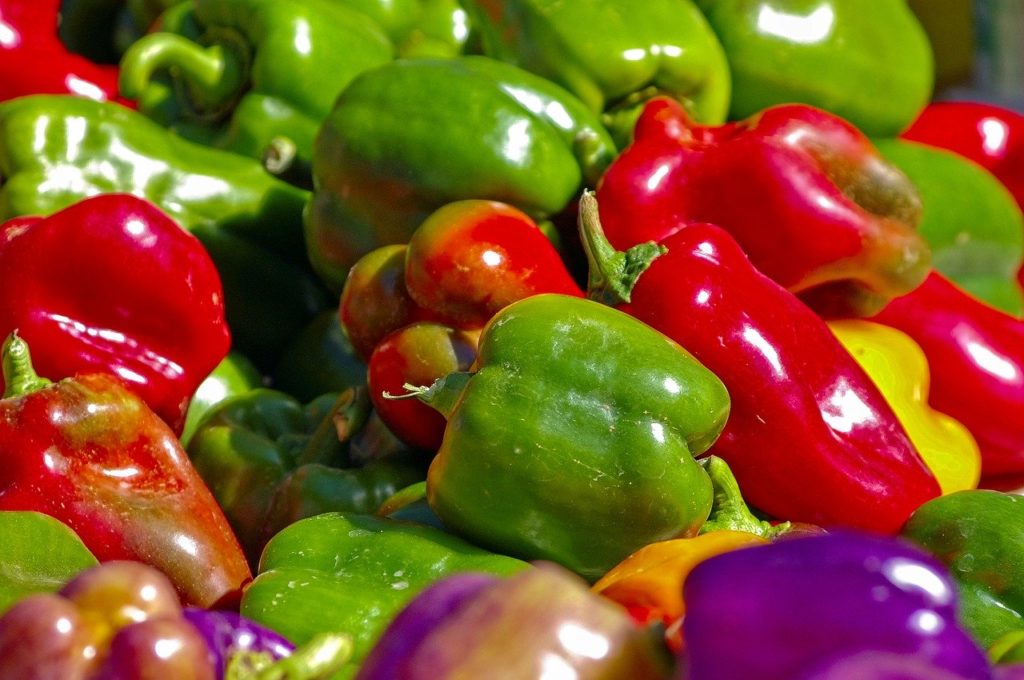
While peppers are warmth-loving plants, early March is a great time to start seeds indoors. Choose varieties that suit your palette, from sweet bell peppers to spicy jalapeños. Give them plenty of light and the warmth they require to germinate and grow strong before transplanting them outside post-frost.
Roses
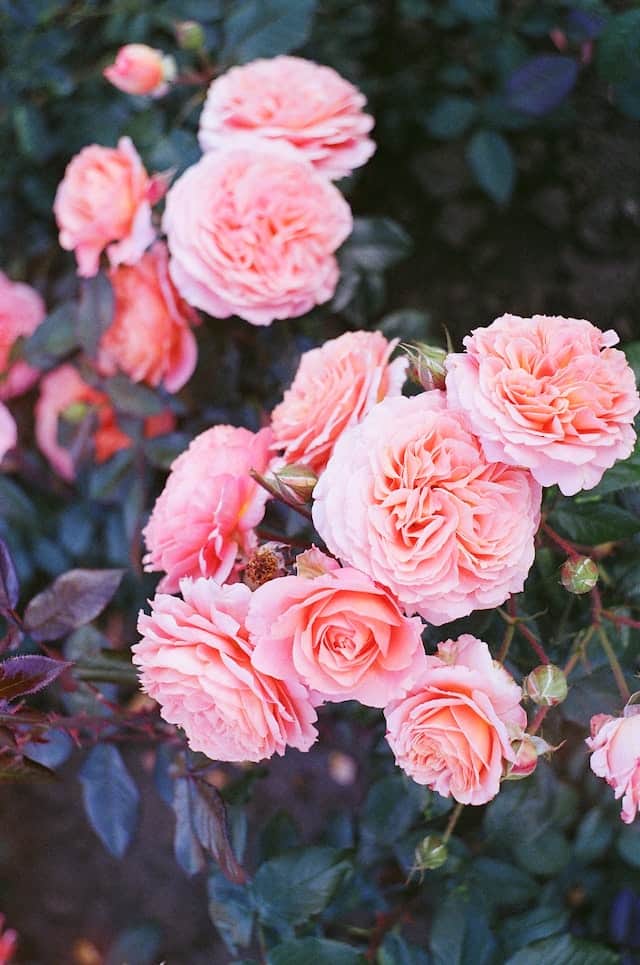
March is a suitable month for planting roses, especially bareroot varieties. Choose a location with ample sunlight and well-drained soil to ensure the best start. When planting, ensure the graft union sits above the soil line and water thoroughly. With proper care, your roses will reward you with beautiful blooms throughout the season.
Azalea
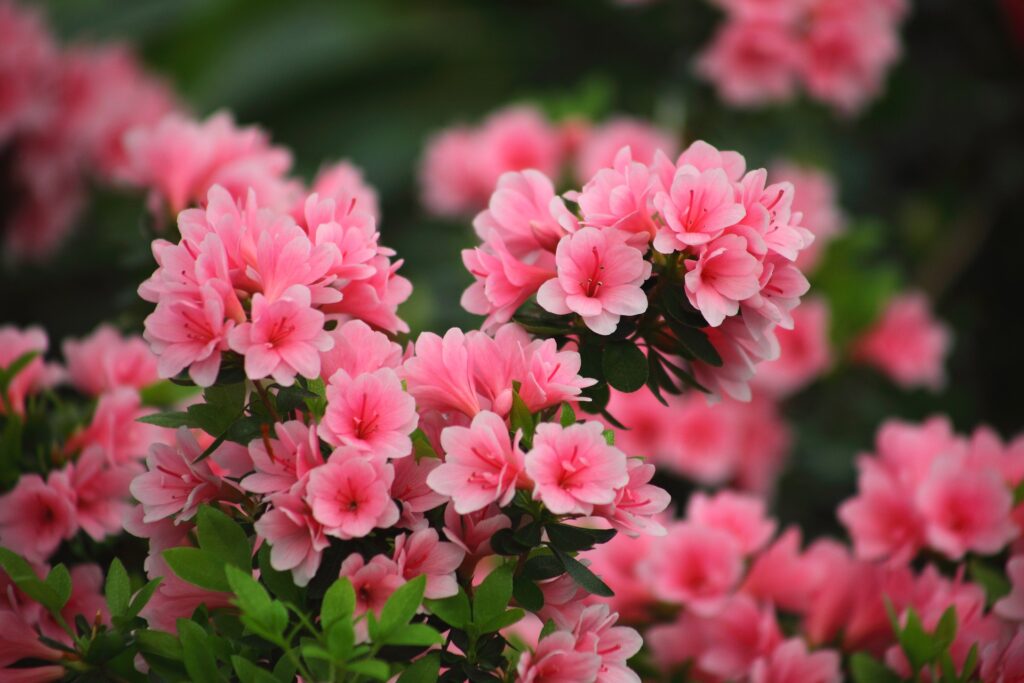
Azaleas can bring vibrant color to your spring garden. Planting in March allows these flowering shrubs to establish well before the hotter months arrive. Look for a partially shaded area and ensure the soil is acidic and well-draining for optimal growth. Azaleas provide an explosion of color and are excellent for foundational landscaping.
Cherry Blossom Trees
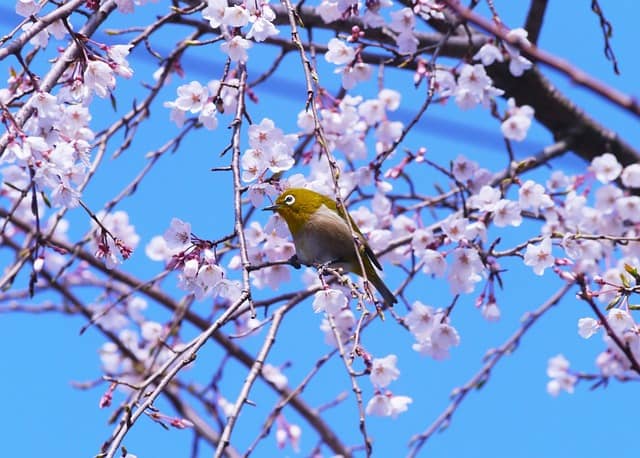
For those seeking a stunning spring spectacle, consider planting cherry blossom trees in March. Known for their delicate and beautiful flowers, these trees thrive best in well-drained soil with plenty of sunlight. March is an ideal time for planting, as it allows roots to settle before the warmth of summer.
Lemon Trees
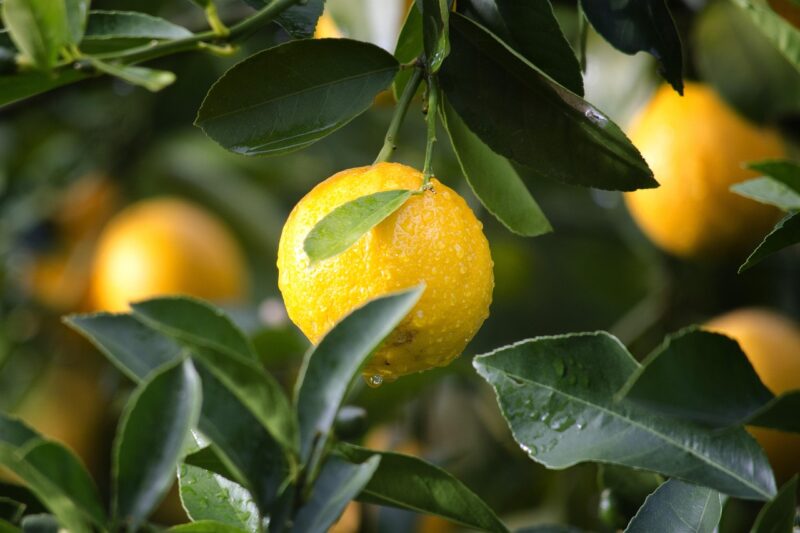
If you live in a warmer climate, early spring is a great time to plant lemon trees. You can either start from seeds or purchase a young tree from a nursery. Lemon trees need full sun and well-drained soil; they can thrive in containers if you don’t have garden space. This citrus tree not only beautifies your garden but also yields fresh lemons for culinary use.
Wax Begonia
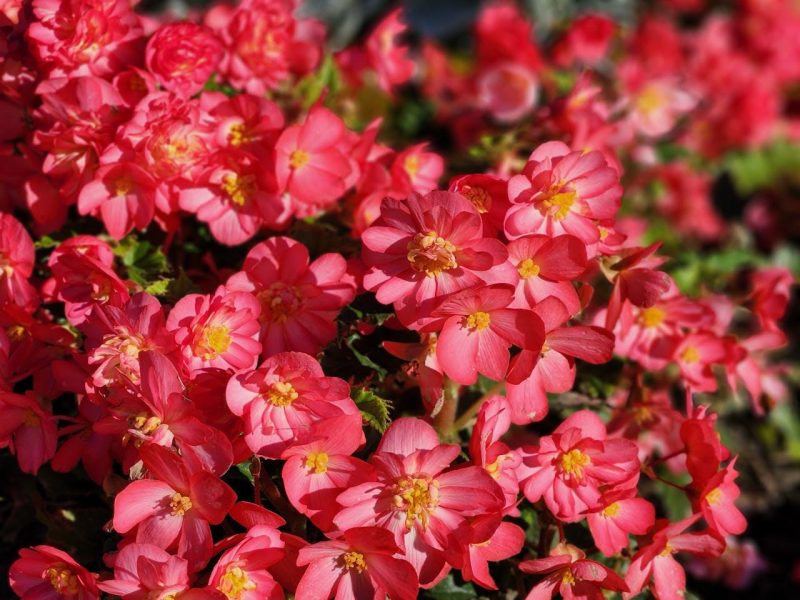
Wax begonias are perfect for container gardening and can be started in March. These vibrant flowers thrive in partial shade and tolerate cooler temperatures, making them suitable for early spring gardens. Wax begonias not only add color but also bring lush greenery, attracting pollinators and adding visual appeal to your space.
Garden Tasks to Prepare for Spring
Having established which plants are ideal for a March garden, it’s equally important to understand the tasks you can undertake to ensure your gardening success in early spring. Following these key preparations will help lay a solid foundation for your garden.
Build New Beds
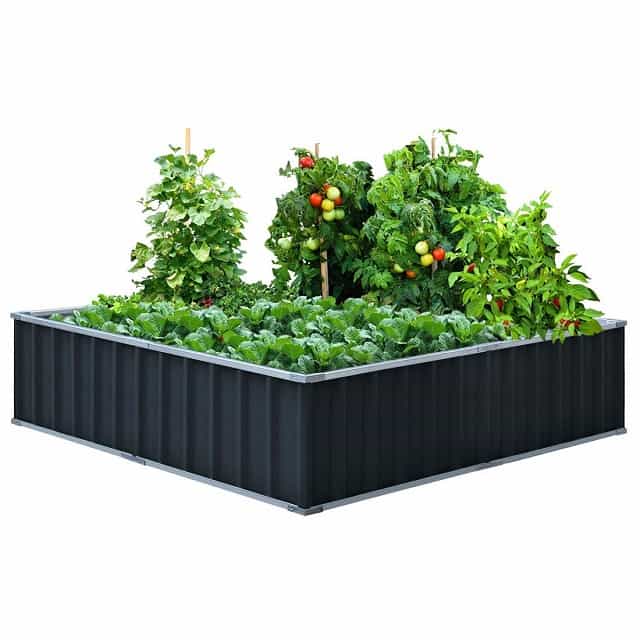
If you anticipate expanding your garden, March is a great time to build new garden beds. Raised beds or traditional plots can improve your growing conditions by providing better drainage and soil control. Constructing them in early spring allows for settling before planting later in the season.
Test Your Soil
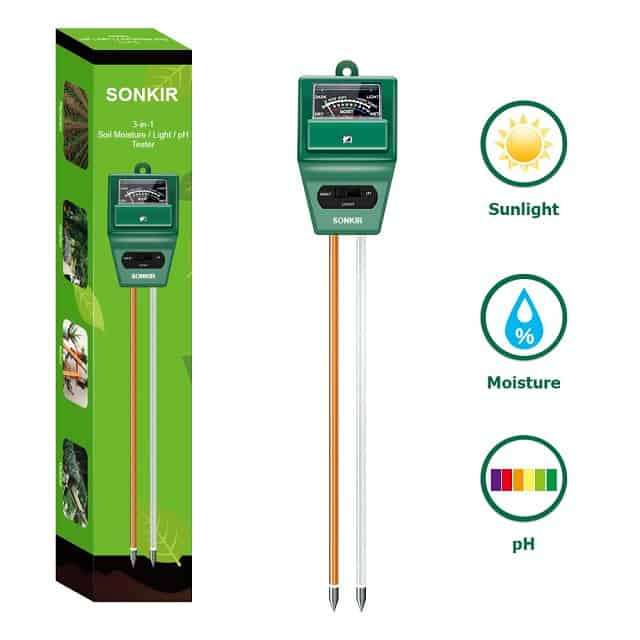
A great gardening practice is to test your soil in March. Understanding its pH level, nutrient content, and overall structure helps you amend it appropriately. Depending on your results, you may need to add organic material, compost, or fertilizer to create a balanced environment for your plants.
Spread Mulch
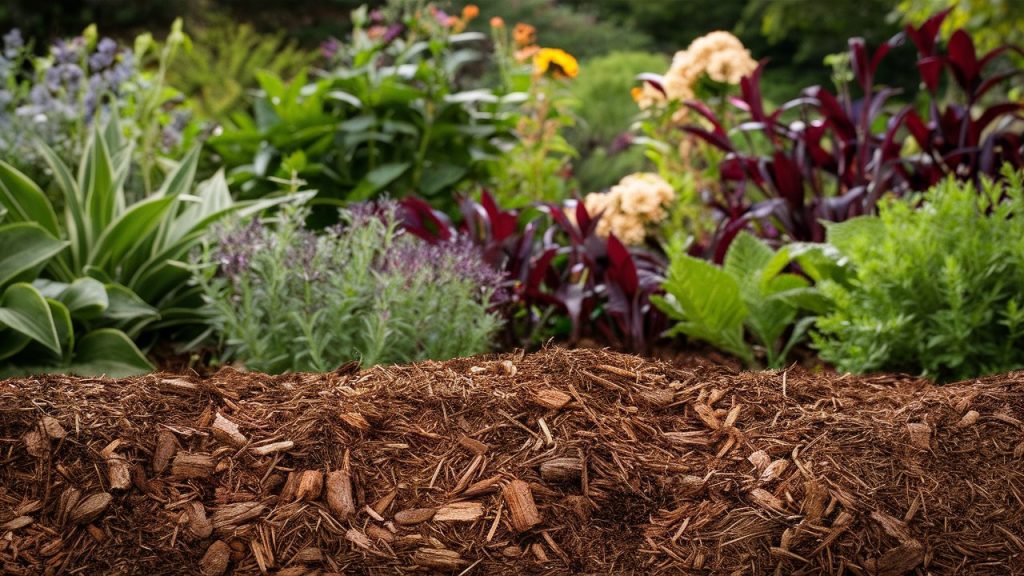
As your beds prepare for planting, spreading a layer of mulch can help suppress weeds and retain moisture. Mulching early in the season protects soil temperature and health. Organic mulches like straw or wood chips break down over time, enriching the soil as they decompose.
Start Seeds Indoors
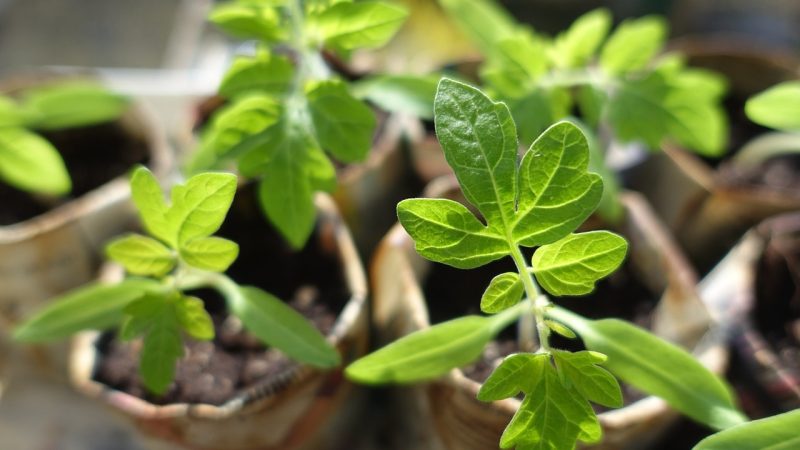
Getting a head start by sowing seeds indoors is an excellent task to undertake in March. Tomatoes, peppers, and eggplants are great candidates that benefit from this early attention. Using seed trays or pots, provide adequate light and warmth to promote healthy seedling growth that can be transplanted outdoors later.
Sow Cold-Tolerant Seeds Outdoors
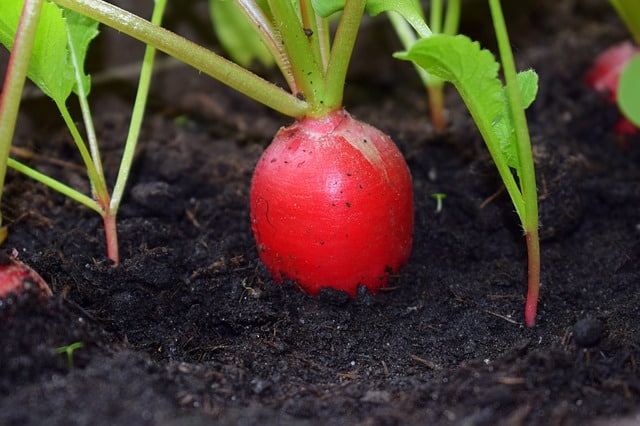
For those eager to jump into their gardening, sowing cold-tolerant seeds outdoors in March is a great idea. Directly sow peas, spinach, and radishes into prepared soil for quick-growing crops that thrive in cooler temperatures. These hardy plants will jumpstart your garden and provide early harvests.
Prune Shrubs that Flower on Fresh Wood

March is also a good time to prune shrubs that flower on fresh wood. Plants such as hydrangeas and certain varieties of roses benefit from this attention, allowing for better air circulation and healthier blooms. Prune back dead or wilted branches to encourage new growth for the upcoming season.
Propagate by Softwood Cuttings
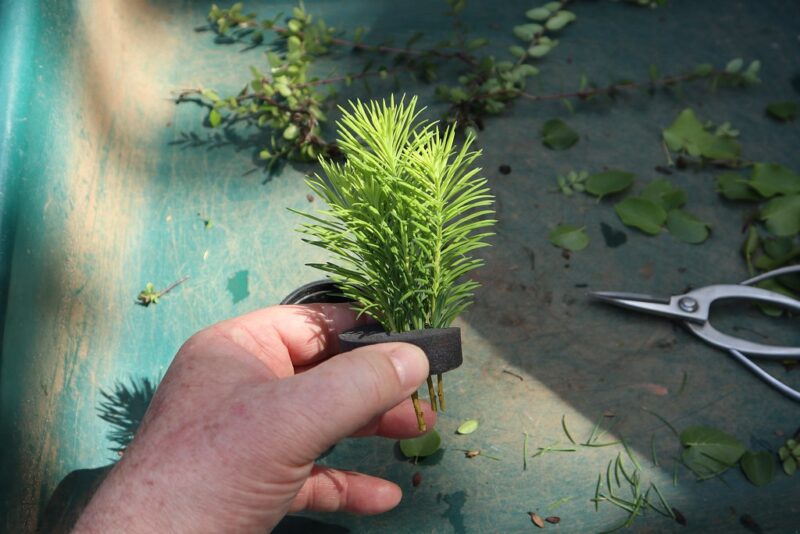
If you’re looking to expand your garden without spending much, March is an ideal time to propagate plants through softwood cuttings. Many perennial plants and shrubs can be effectively propagated this way. Take cuttings from healthy plants, place them in a potting medium, and provide consistent moisture until they root.
Trim Ornamental Grasses
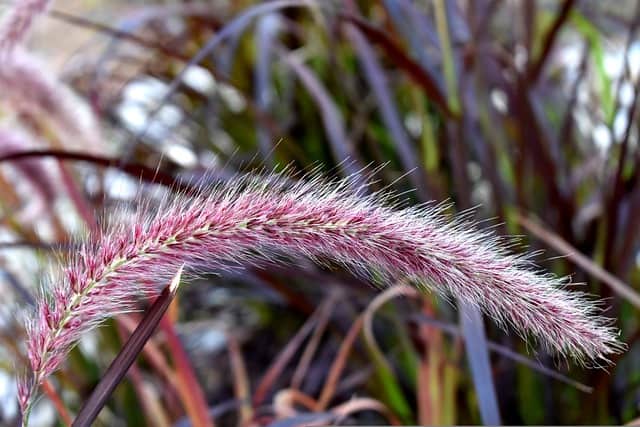
Ornamental grasses benefit from being trimmed back in early spring, allowing for new growth. March is the opportune moment to cut them down to about six inches from the ground, which encourages lush regrowth and removes any dead foliage from previous seasons.
Prune Back Dead or Diseased Debris and Branches
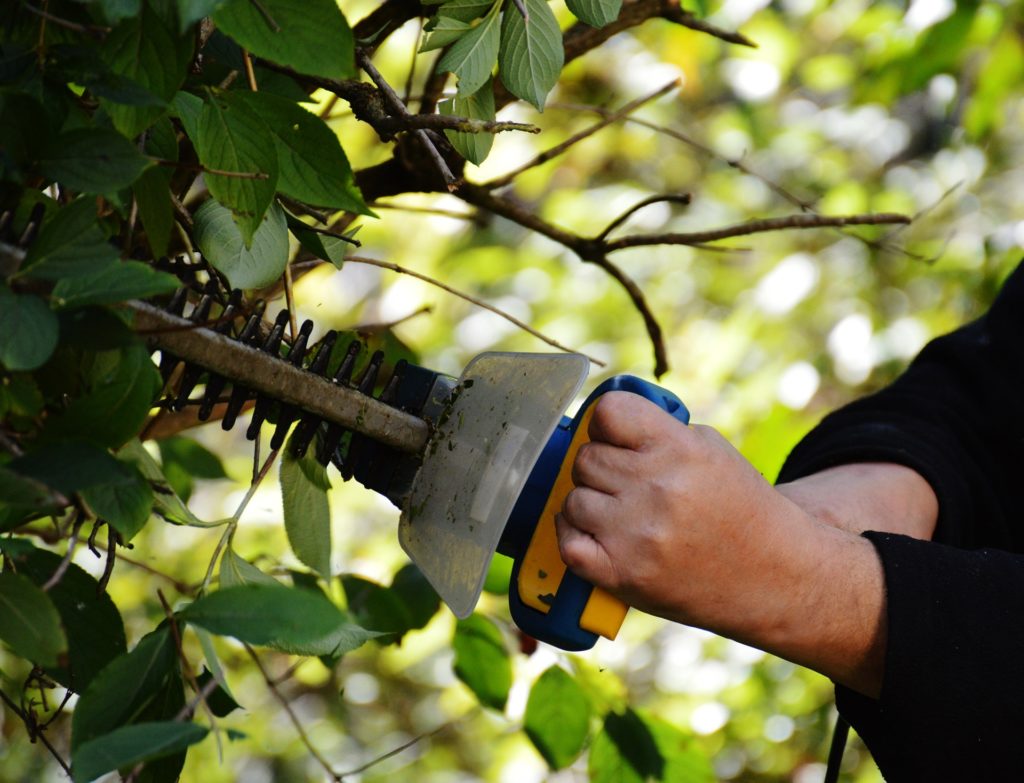
Cleaning up your garden in March is crucial. Begin pruning back any dead or diseased materials from last year’s growth to prevent any potential spread of disease. This task not only revitalizes your plants but enhances the overall aesthetics and health of your garden space.
Plant Summer Bulbs
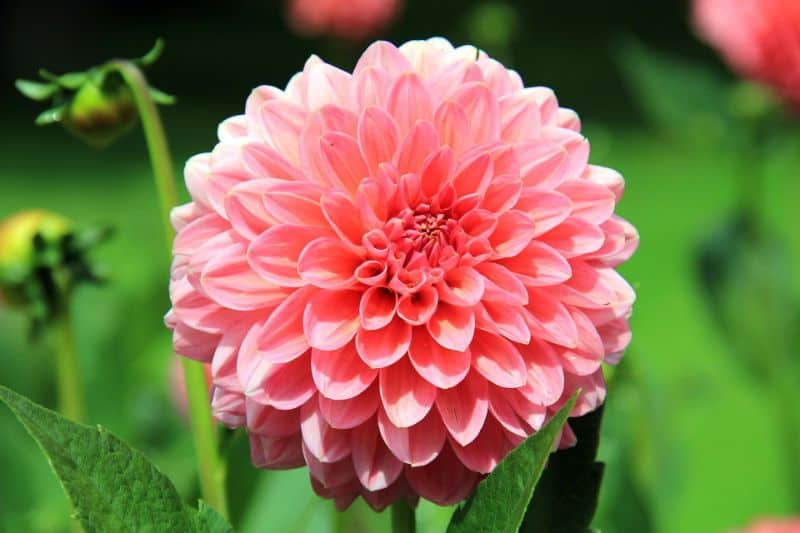
As the temperature begins to warm, consider planting summer bulbs in March. Varieties such as dahlias, lilies, and gladiolus bring vibrant color and appeal to your garden. Prepare your beds by ensuring adequate drainage and sunlight, as these bulbs will flourish as the weather continues to warm.
Plant Onion Sets and Early Potatoes
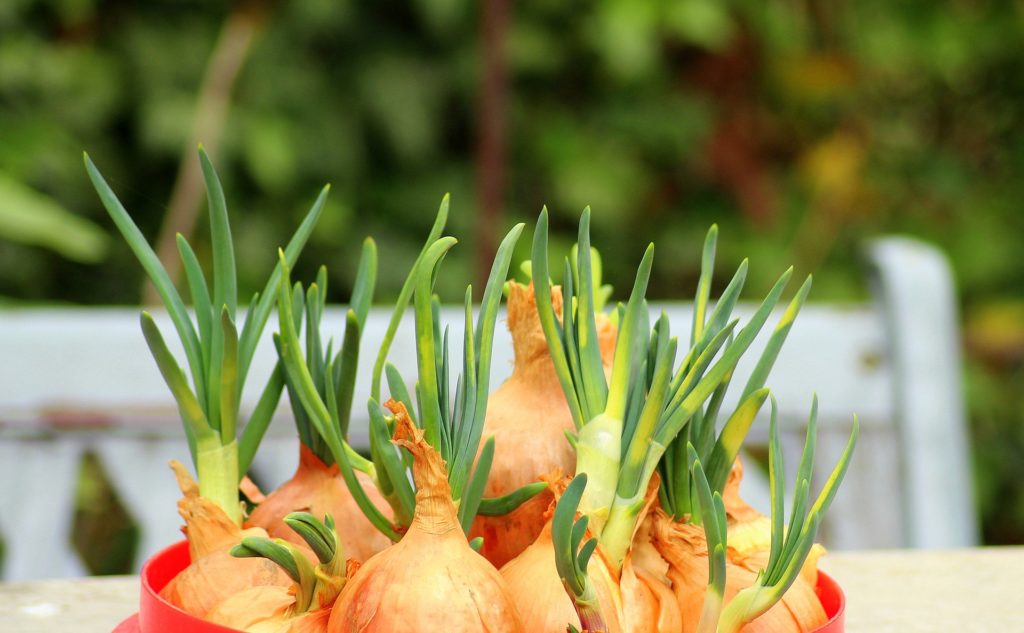
March is also favorable for planting onion sets and early potatoes. Onion sets thrive in the cool soil, while early potatoes can be planted in trenches to encourage quick growth. Both require full sun, so ensure you choose a suitable location for planting.
Divide Perennial Plants
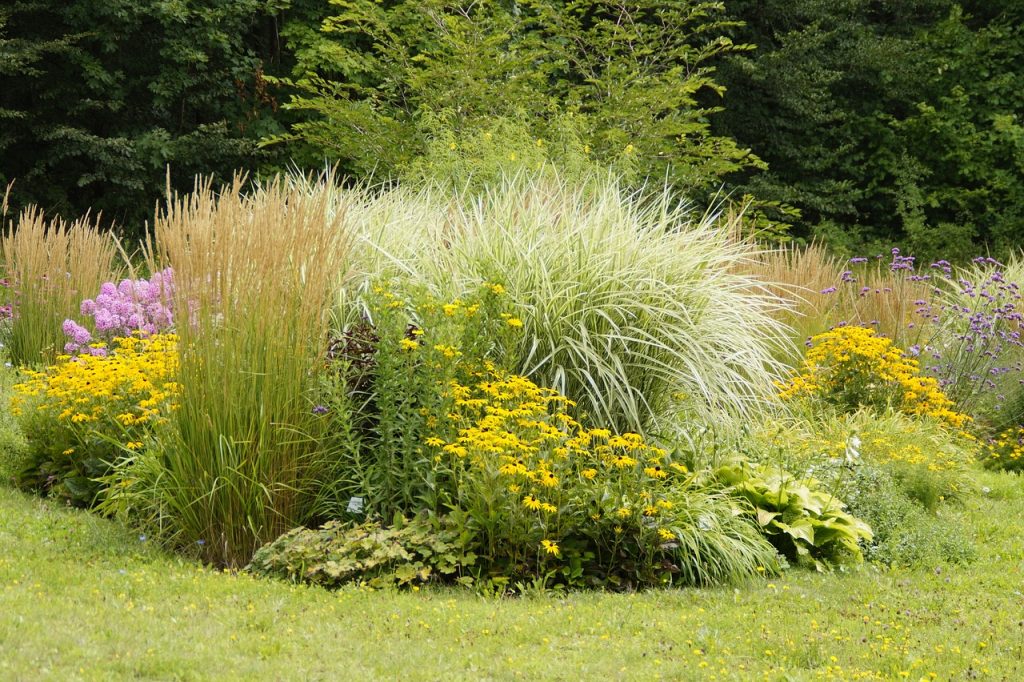
Early spring offers the chance to divide perennial plants that have become overcrowded. This task promotes healthy growth and rejuvenation in established gardens. Carefully lift and separate the plants, replanting them in new spots to allow for adequate spacing and continued flourishing.
Fertilize with Slow-Release Organic Fertilizers
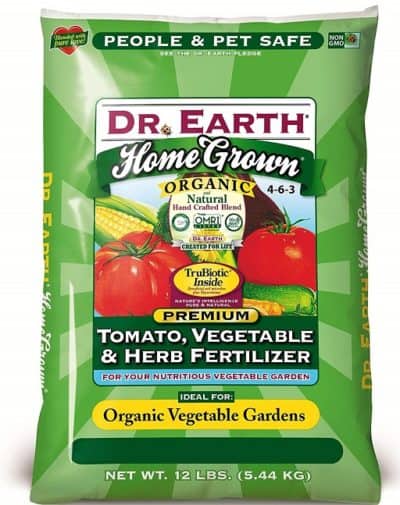
Improving soil health with fertilizers is essential. In March, apply slow-release organic fertilizers to provide nutrients gradually over the growing season. This approach promotes strong root development and supports plant growth without overwhelming them with immediate chemical bursts.
Check Your Irrigation System
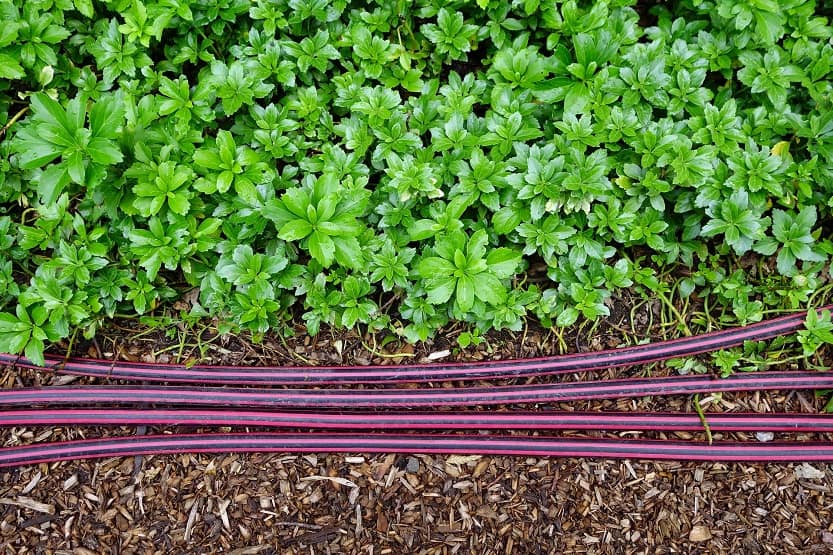
Before the heart of the growing season hits, March is an excellent time to check your irrigation system. Inspect hoses, sprinklers, and drip lines for leaks or blockages. Ensuring a functioning irrigation system prepares your plants for optimal watering, especially as temperatures rise.
Thoroughly Weed Your Beds
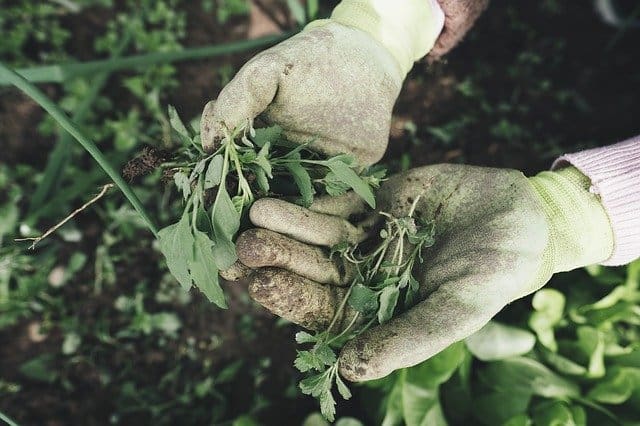
Finally, don’t forget the importance of weeding in March. As weeds begin to emerge in early spring, taking the time to manually remove them or cover garden beds with mulch can help suppress their growth. Keeping your garden free of weeds minimizes competition for nutrients and water.
March opens a door to renewal and growth in the garden. The activities, from selecting the right plants to completing necessary tasks, lay down the groundwork for a flourishing spring. Engaging with your garden during this transitional month not only enhances your outdoor space but also nurtures a fulfilling connection to the earth. With enthusiasm and diligence, beginner gardeners can embark on their journey toward an abundant and vibrant garden this spring.


